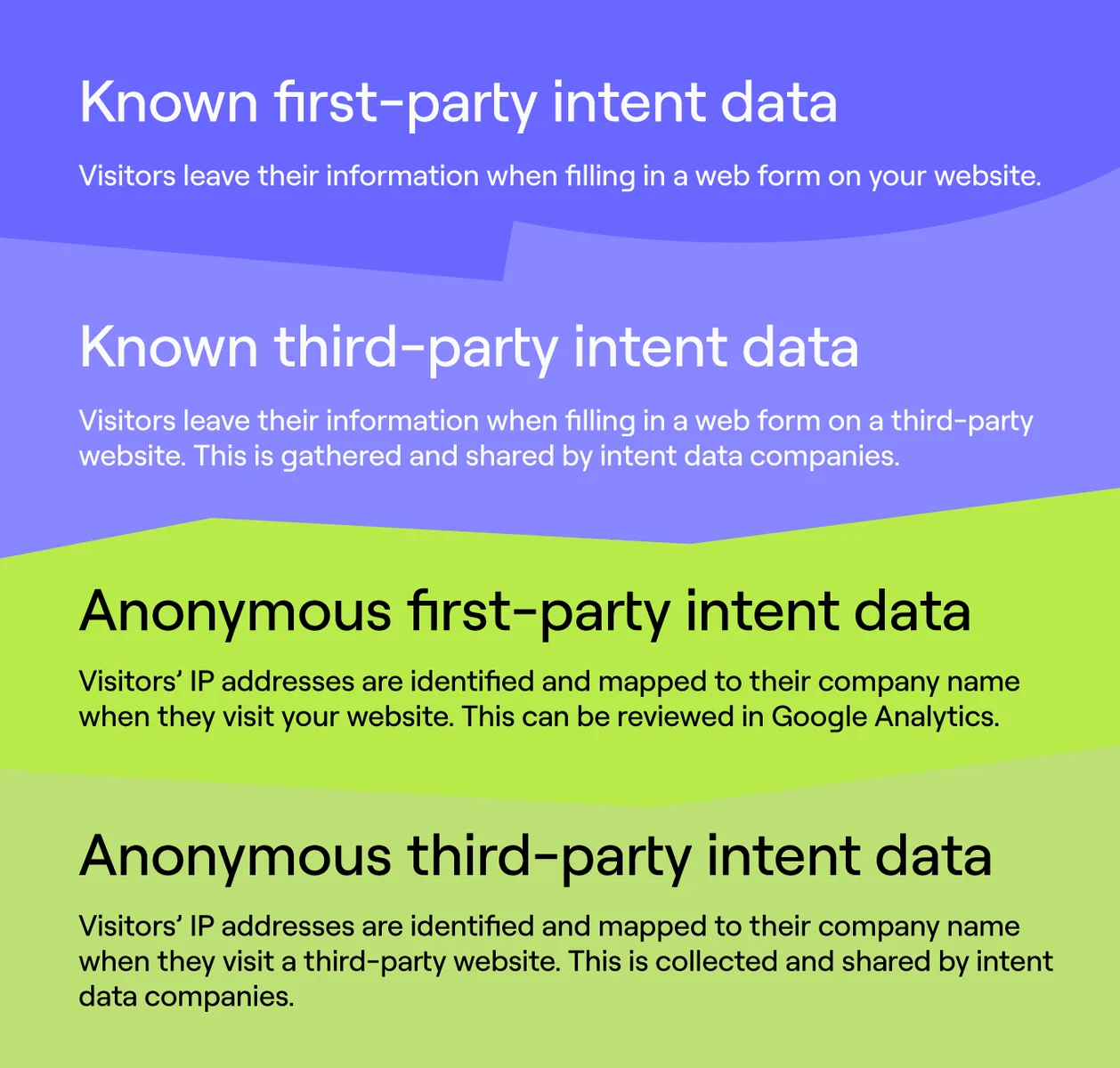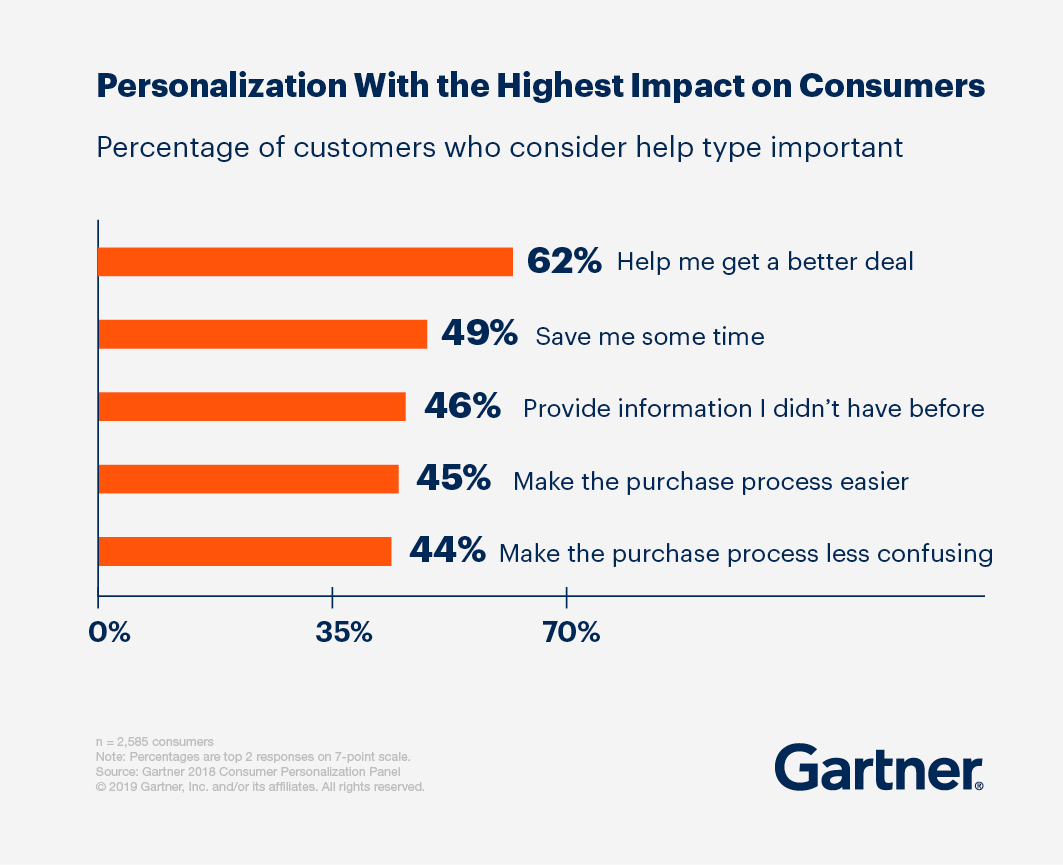Why Intent Data Is the New Must-Have for B2B Sales Teams
Sales teams are under pressure to do more with less. Less time, fewer resources, and tighter budgets. Yet buyers are more independent than ever. They’re researching solutions long before they fill out a form or answer a cold email.
By analyzing the digital signals buyers leave behind, B2B intent data helps sales teams identify who’s in the market and what they care about. This insight empowers teams to focus on high-value prospects, tailor outreach with precision, and accelerate deal cycles.
Let’s look at why B2B intent data has become a core part of high-performing sales strategies and how to use it effectively.
Quick Takeaways
- B2B intent data reveals which companies are actively researching solutions, helping sales teams reach buyers earlier.
- Sales teams can prioritize high-intent accounts and focus on the best opportunities instead of cold leads.
- Intent signals power more relevant, personalized outreach based on real-time buyer behavior.
- Sharing intent data across sales and marketing improves alignment and shortens deal cycles.
- Successful teams integrate intent data into CRM and workflows for faster qualification and smarter targeting.
What Is B2B Intent Data?
B2B intent data refers to behavioral signals that indicate when a company is actively researching a product, service, or topic. It helps sales teams understand which accounts are in a buying mindset, and what stage of the journey they’re in.
There are two primary types of B2B intent data:
- First-party intent data: Collected from your own digital properties like visits to pricing pages, webinar registrations, or product demo requests.
- Third-party intent data: Aggregated from external sources, such as visits to publisher sites, review platforms, and comparison tools.

Third-party intent data is especially powerful in the early stages of a buyer’s journey. It reveals interest long before a prospect engages directly, giving sales teams a chance to act early and stand out from the competition.
Why Sales Teams Need Intent Data Now
Modern B2B buying journeys are fragmented and unpredictable. Decision-makers conduct anonymous research, loop in internal stakeholders at various points, and often delay outreach to vendors until late in the process.
Without intent data, sales teams rely on outdated lead scoring, broad targeting, and reactive strategies. That leads to wasted time, missed opportunities, and low response rates.
Intent data flips that script. It allows sales teams to:
- Detect demand signals early
- Focus on accounts already showing interest
- Reach out with relevant messages at the right time
As sales cycles lengthen and competition intensifies, using intent data to prioritize and personalize outreach is essential for success.
How B2B Intent Data Improves Sales Effectiveness
Prioritize High-Intent Accounts
Not every lead is ready to buy. Intent data helps sales teams separate casual browsers from serious buyers. When a company’s employees repeatedly research related topics or visit solution-specific web pages, that’s a strong signal they’re evaluating vendors.
Sales teams can use this data to prioritize outreach, allocate resources strategically, and reduce time spent on unqualified prospects.
Personalize Outreach Based on Real-Time Behavior
Generic outreach doesn’t convert. Intent data reveals what topics a buyer is researching, what competitors they’re comparing, and what pain points they’re exploring.
With this knowledge, reps can craft emails and call scripts that speak directly to the buyer’s current concerns like improving engagement, trust, and response rates.
Sales teams that tailor outreach to what buyers actually care about see better results. As the chart below shows, buyers respond most to messaging that helps them make smarter, faster decisions.

Intent data reveals those priorities in real time, allowing reps to deliver exactly that.
Accelerate Pipeline Velocity
Intent data shortens the distance between first engagement and closed deal. Reps can engage earlier in the decision process and tailor their approach based on the buyer’s level of interest.
That leads to faster qualification, smoother handoffs between sales and marketing, and fewer stalled opportunities in the pipeline.
Align Sales and Marketing More Effectively
When sales and marketing share access to real-time intent signals, both teams can coordinate efforts around the same high-priority accounts.
Marketing can trigger campaigns for in-market segments, while sales follows up with informed, personalized outreach, creating a unified buyer experience that drives conversion.
Best Practices for Using B2B Intent Data
To get full value from intent data, sales teams need both access and a plan.
- Layer intent with firmographic and technographic data to get full context around each account.
- Integrate with your CRM or sales engagement platform to surface signals directly in rep workflows.
- Develop playbooks that guide reps on how to respond to different types of intent signals.
- Use scoring models to rank leads based on engagement level, fit, and urgency.
- Review and refine regularly to ensure your data sources, rules, and processes stay aligned with business goals.
Intent data works best when it supports a larger revenue strategy, not when it lives in isolation.
Choosing the Right Intent Data Partner
Not all B2B intent data providers deliver the same quality or coverage. When evaluating options, look for:
- Data freshness: How often is the data updated?
- Accuracy and validation: What’s the source? How reliable are the signals?
- Coverage: Does the provider track topics relevant to your industry and ICP?
- Integration options: Can the data be easily synced with your CRM, MAP, or ABM platform?
- Support and service: Will you get help customizing scoring models and workflows?
A good partner will do more than sell you data. They’ll help you activate it across your sales and marketing motion.
Activate B2B Intent Data Today with Televerde
B2B intent data gives sales teams a distinct advantage: the ability to identify in-market buyers before the competition. It replaces guesswork with insight, helping reps focus their time, tailor their outreach, and close deals faster.
As buyers continue to take control of the sales process, early signals matter more than ever. Teams that know how to detect and act on intent data will outperform those who wait for leads to come to them.
Ready to identify in-market buyers faster and drive better sales outcomes? Learn how Televerde’s demand generation solutions help you activate B2B intent data across every stage of the funnel.


